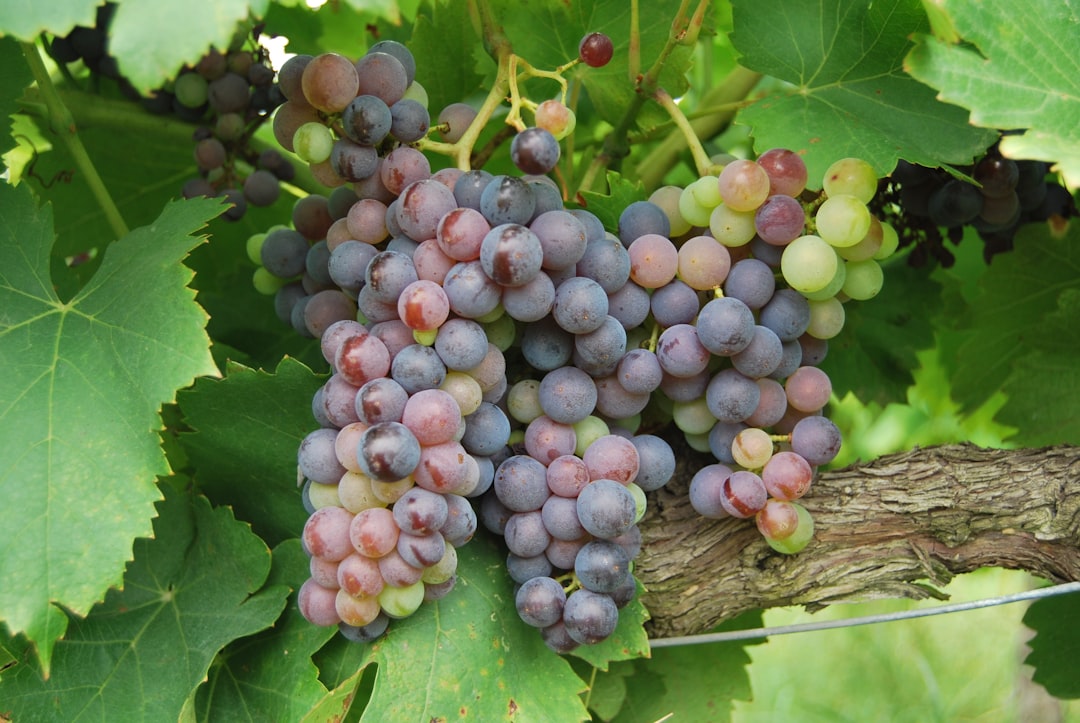What is it about?
Replacing traditional high speed stirring for two-phase dihalocyclopropanation, the method described in the paper make it possible to do this in a continuous way. The method can then be used for both small-scale and large-scale synthesis of the compounds starting with the corresponding alkene
Featured Image
Why is it important?
This method makes it easy to go from small-scale to large-scale production of dihalocyclopropanes. Usually the up-scaling may be challenging. The ease of making the compounds also make the method useful
Perspectives
I hope other will find this method useful. It was fun to do the reactions and see the high yields coming out of the flow apparatus that someone has characterised as the "reaction flask of the 21st century.
Professor Yngve Stenstrøm
Norwegian University of Life Sciences
Read the Original
This page is a summary of: The Use of Flow Chemistry for Two-Phase Dibromocyclopropanation of Alkenes, Journal of Flow Chemistry, June 2015, Akademiai Kiado,
DOI: 10.1556/jfc-d-14-00041.
You can read the full text:
Contributors
The following have contributed to this page










